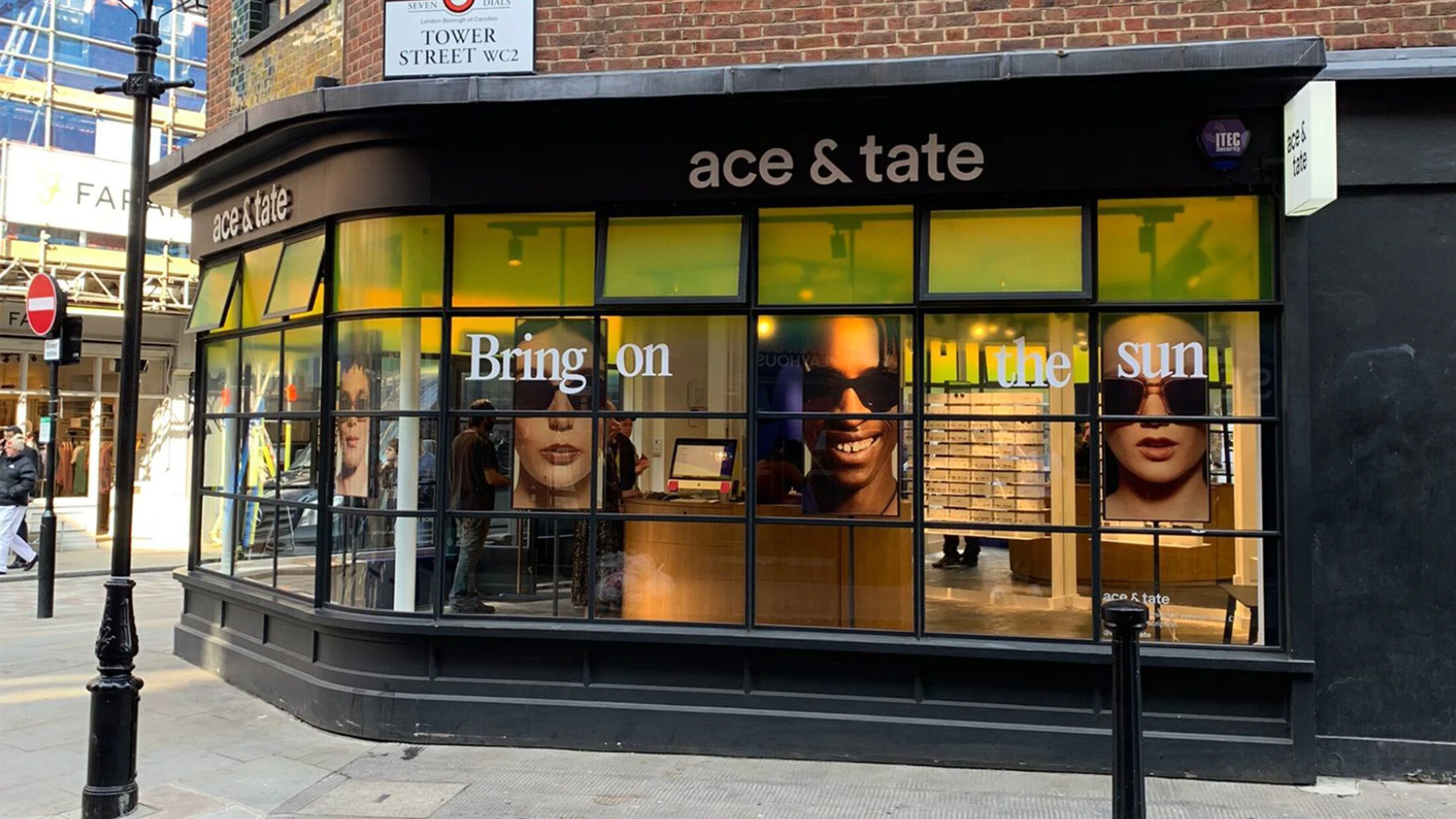
"At an entry-level level, graphic design should really be a playground. Don't be afraid to break something."
Bruce Vansteenwinkel
How important is a strong brand identity today? And how do you define this identity for your fashion or design brand?
MAD talked about it with Bruce Vansteenwinkel, Graphic Designer at Base Design Brussels.
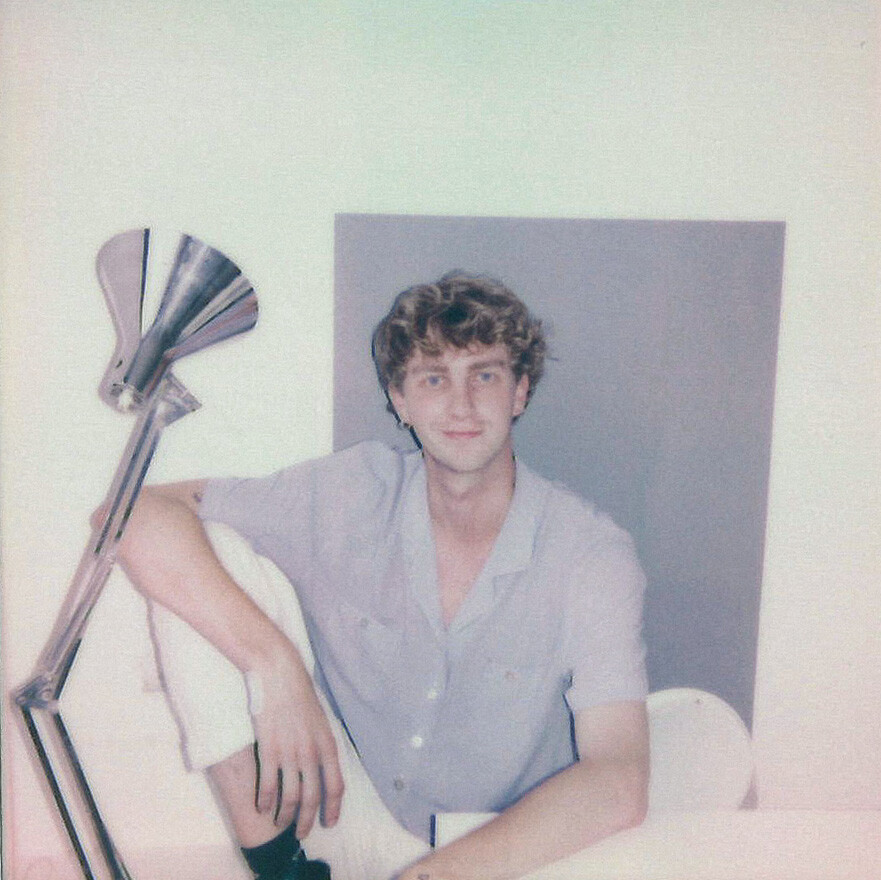
Can you please introduce yourself?
"I'm Bruce, 27 years old. I have a degree in graphic design, but my studies initially took a different turn. After high school, I wanted to study art. But after many doubts about whether I would be able to find a job and a place in our system, I started a multimedia course. After one year I dropped out of that course to study digital media & design in Antwerp. But even there I was left feeling unfulfilled. In the end, I moved to Ghent to study graphic design at LUCA School of Arts. I was able to start right away in my second year and I got my bachelor's degree in graphic design in no time. In my final year, I did an international internship at Base Design New York."
"After my studies, I joined an agency in Antwerp and then started at Stoemp Studio in Brussels. At Stoemp Studio I was able to collaborate on many local assignments and was introduced to the branding world even more. I came from a graphic design oriented background but after my internship at Base Design New York, I already knew I wanted to move in the direction of branding. During my experience at Stoemp Studio, I started freelancing on the side. From then on, things started to move quickly for me. I felt my branding vision getting clearer. I worked on an assignment for Amnesty International and then also worked for Apple. Two years ago Base Design Brussels contacted me with a job offer, I've been working there ever since. Of course I started at the bottom of the ladder there, but little by little I started to take more of a lead in smaller branding assignments for fashion and lifestyle brands. Since a few months I have been working on bigger projects such as a campaign for opera La Monnaie - De Munt. These projects made me more committed to thinking strategically right from the start of a project."
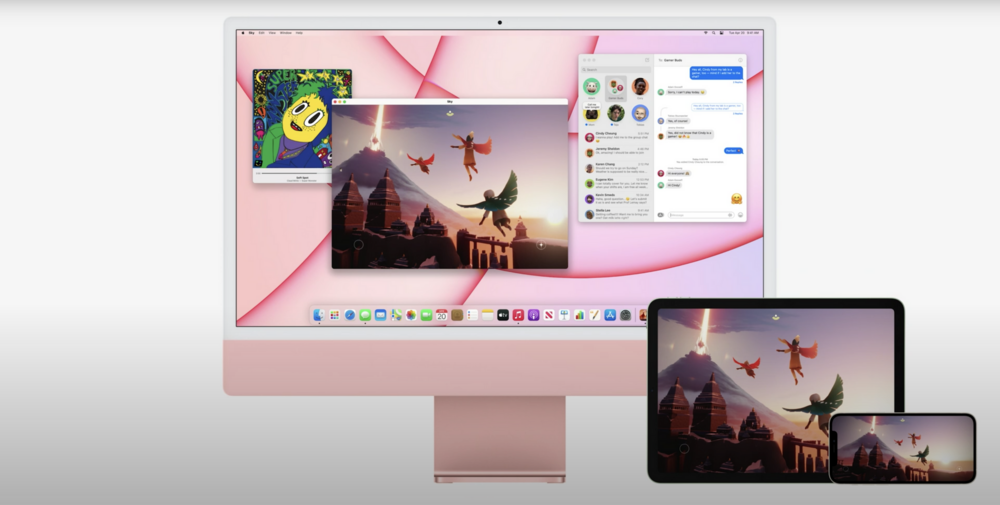
Which assignment from the past has always stuck with you and why?
"During the Corona pandemic, I received an assignment from Apple. I was working from Ghent with a team that was located in San Francisco on a campaign for the 24-inch colorful iMac and iPad Pro. That assignment was less focused on branding in terms of content, but rather on visual design. For me, that was a graphic assignment on an absurdly global level. Every culture and every part of the world is obviously bound by its own colors, details and decorations. So our job for Apple was actually to go almost completely neutral in design. That was the first time for me to design on a very global level from a local point of view, so a very intense and crazy experience. Also because I realized that each design communicates to people and has an impact on them. Not that everyone is going to lose sleep over an Apple ad, but everything was checked by lawyers and psychologists. The realization that my design could possibly cause something wrong, did take me a while to reflect on."
"In addition, the campaign for La Monnaie - La Monnaie, which we just completed with Base Design, was also a challenge for me. We really challenged La Monnaie and brought something new to the table. And I am proud that we dared to introduce something new. For me personally it was stressful, because you really feel like a 26-year-old who is going to show how things should be done. But afterwards you are rewarded with a result you are happy with."
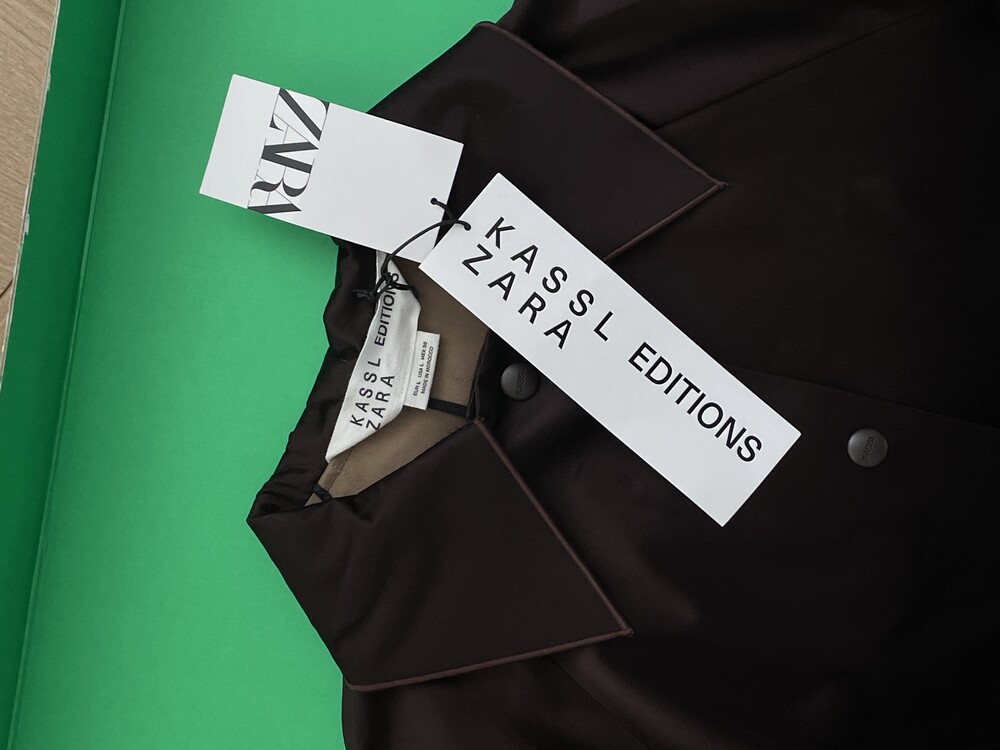
How important is a strong brand identity?
"These days, everything is branding. But even more important than having a brand identity is having valuable brand identity. In fact, we see more than 1,000 logos a day and sometimes I am convinced that the strong identities are the ones that don't necessarily exist visually. Apart from the logo, though, it is important to think about how you want to position yourself and how that position translates visually. What makes your brand unique and how do you want to bring that forward? The translation of that for some brands is a logo, but for others a face or specific language is enough. That conscious choice is important though so you don't just create a logo because everyone else is doing it, or to follow a paid trend. Because then you blend in with the masses."
"I also teach in school and I see that my students have a very graphic approach to designing a brand identity. They want to visually open up their work to a wide audience. But actually, strong branding is not necessarily visual. You can also tell something. And I think the practice does teach that well, to look for the essence of the brand with a client. How can we not only add elements to that identity but more importantly look for the essence of it. I personally find that an interesting evolution of graphic design. In school, you usually learn to be very graphic because you're influenced by trends. But then you realize that an identity can also be expressed in an animation, music, language, a tone of voice, font, space, ... And that goes much further than a logo."
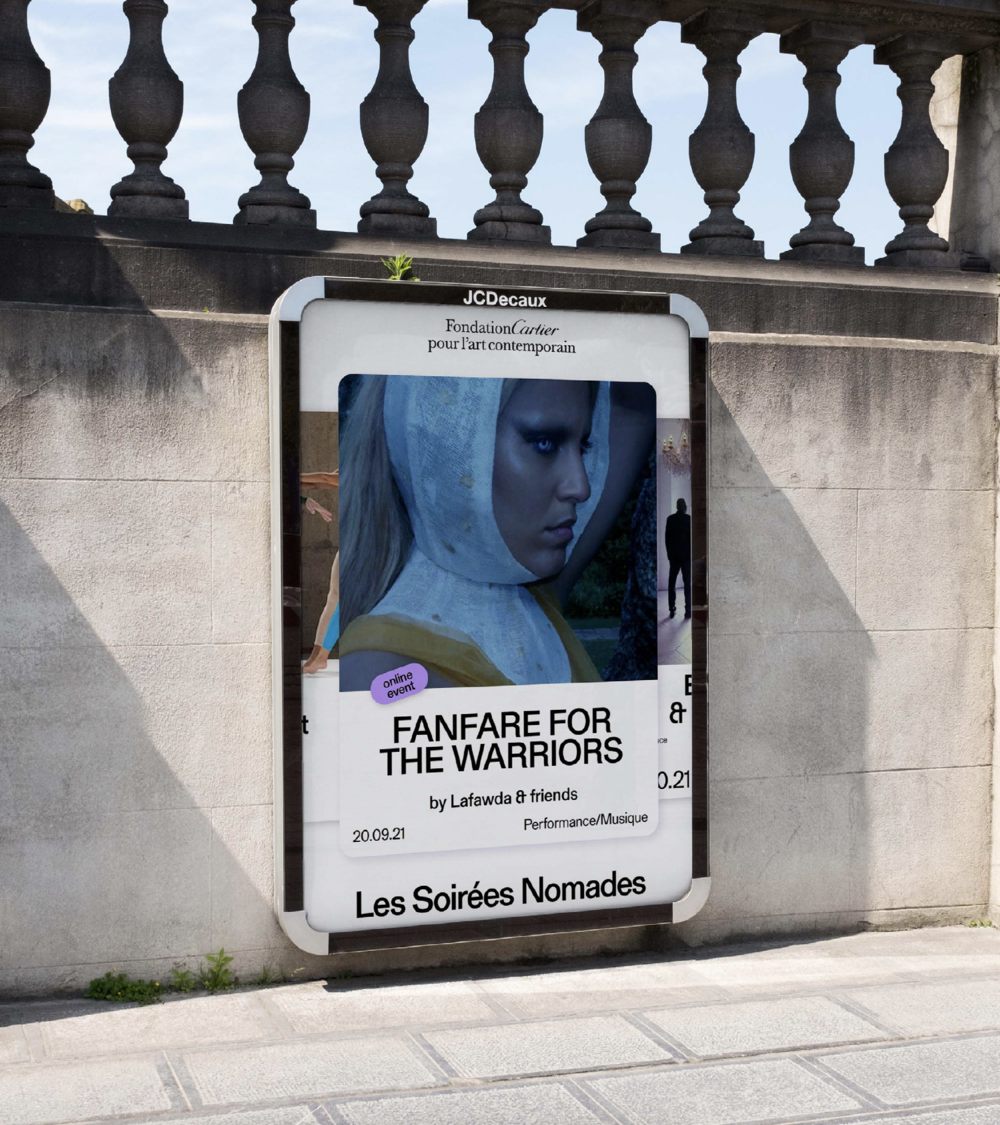
Do you have any tips for young designers when developing a strong brand identity?
"On the one hand, consciously think about how you want to position yourself. And on the other hand, trial-and-error. Especially with start-up brand identities, there is much more room for trial-and-error. This is not the same story as a re-branding for Coca Cola where the wrong shade of red could possibly destroy everything. Trial-and-error is necessary to zoom out and let go. I often feel that start-up brands too often cling to one particular visual vision and get stuck as a result. So I would say create a logo, start with it, and if it doesn't work, re-invent yourself. Don't be afraid to break or touch something. At an entry level, graphic design really should be a playground. The core vision of your brand will remain, but how you present yourself will evolve with the times anyway."
"One last tip I'd like to pass along: 'if your design looks like something you've already seen, then it's probably not very good and you probably followed a certain trend'. I'll incoporate Base Design's words, 'it's good to look at what's current, but what edge do you give to it to set it apart from the rest?"
Need tips and tricks on building your brand identity? MAD invites Bruce Vansteenwinkel on March 23 during a seminar about 'brand identity'.